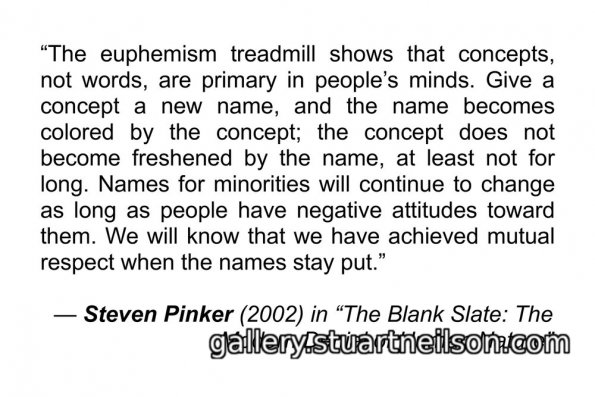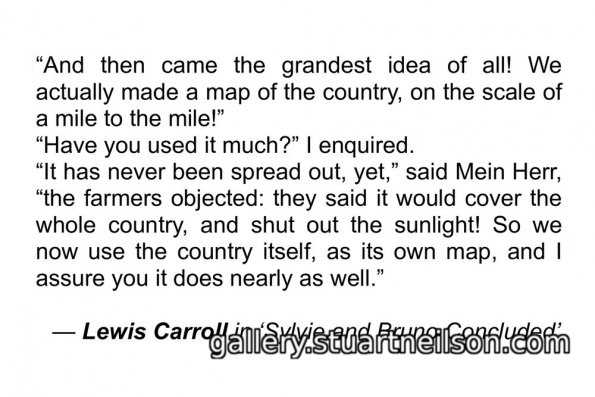Creating Autism – a four-part posting
1 History – 2 Geography – 3 Perspective – 4 Conclusions

Autism: Nature, Perception, Word
Autism is a collection of natural phenomena, a syndrome of traits and behaviours that arise from neurological variations in early development. A combination of sufficiently clear autistic signs, in a particular set of combination, will be perceived by a trained observer as ‘autism’ and then assigned a particular diagnostic label for future intervention.
Autism is a set of perceptions and portrayals of autism, as specific characters in fiction, as stereotypes of what autistic people are like, and as psychiatric and educational expectations of how this diagnosis is managed.
Autism is a word, a symbolic shorthand used to simplify communication about a complex world of perceptions and phenomena into clear and concise language. ‘Autism’ is a special educational need and a residential care plan.
Autism exists simultaneously in multiple, overlapping plains – natural phenomena, perceptions, and words – that serve to both highlight and to obscure the people who inhabit the label. Being autistic means having some elements of the diagnostic criteria that make up autism, but in a unique and individual combination. Being labelled ‘autistic’ is a key to intervention and understanding, but the label also obscures the human complexity of the person who has been labelled. No two autistic people are alike.
Autism has changed dramatically since it was first used in its modern sense, and the label continues to evolve with scientific enquiry and professional experience. As a result, when two different people say ‘autism’ they are probably saying two different things. The autism of 2019 is not the same set of phenomena or perceptions as the autism of 1952. The autism portrayed by the character Raymond Babbitt (Dustin Hoffman) in ‘Rain Man’ in 1988 is not the same as the autism portrayed by Billy Cranston (RJ Cyler) in ‘Power Rangers’ in 2017.
Autism, being bound to perceptions, portrayals, individuals and events, means different things in different places. The presence of genetic research, community support, special educational resources, personal tragedy or charismatic autistic speakers all colour the reporting and representation of autism at specific times and in specific places. Self-image and self-worth are also coloured by public representations of others who share the same label. The attitudes toward people labelled with autism are shaped by public representation.
Choosing how to talk about autistic people – and the words are most definitely a choice – has a profound impact on how interventions for autism operate and how autistic are perceived and integrated within society.
Continue reading Creating Autism – Conclusions
_595_stuartneilson.jpg)

_595_stuartneilson.jpg)
_595_stuartneilson.jpg)
_595_stuartneilson.jpg)

